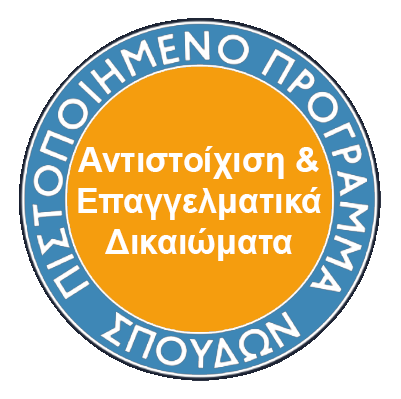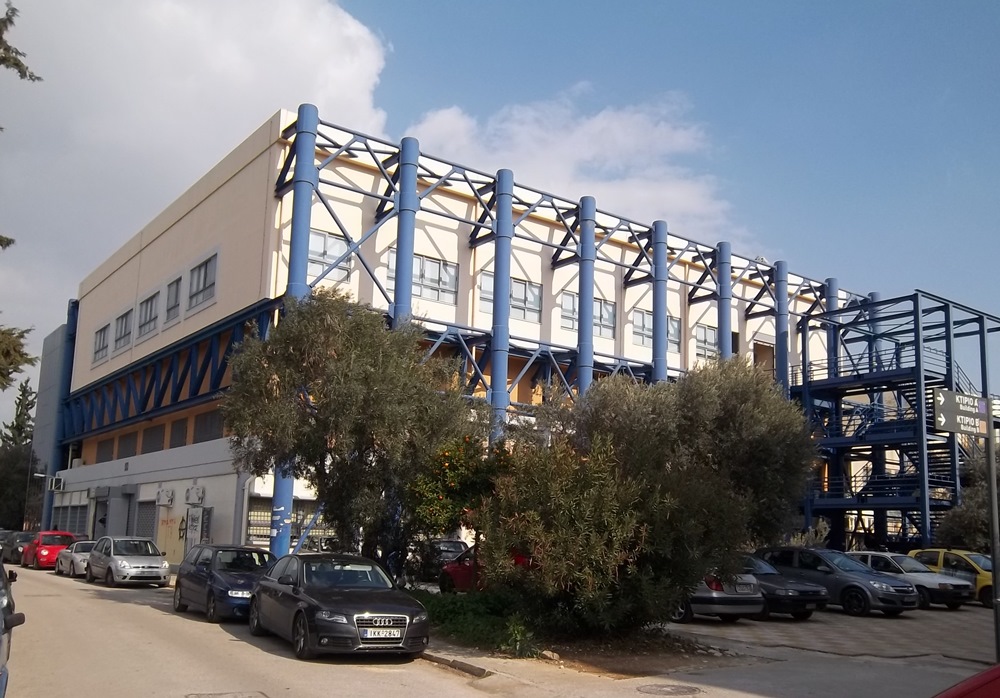"Synthesis and characterization of multilayered materials of variable resistance used as low voltage surge filter"
ZnO based ceramics, modified with metal oxides like Bi2O3, MnO, Co3O4, exhibit high non-linearity in their characteristic current-voltage (I-V) curve and are known as variable resistors, varistors. Varistors find application in protection of electronic and electrical system arrays that are fed by the power network at 220V against unwanted pulses of overvoltage or overcurrent to the grid.
In practice, under normal operation voltages, varistor operates as a resistor but under higher voltages than the normal ones, it operates as a conductor. The transition from resistors’ to conductors’ phase is determined to each varistor by its breakdown voltage value (Vbr). This property, combined with the parallel connection of the varistor to the system array, permits to drain off any unwanted pulse to the ground.
Current technology in computing and telecommunication systems is based on Very Large Scale Integrated Circuit, VLSI. In order to minimize power consumption, the majority of modern systems operate at low voltages, in the order of few Volts. Such low voltages are typical also in LED technology. In order to protect these low power consumption systems it is necessary to design varistors operating at low voltages.
The non-linearity of varistors is attributed to the development of voltage barriers between boundaries of adjacent ZnO grains with different orientation. Every interface at the ceramics polycrystalline ZnO varistors is well known that is characterized by a breakdown voltage equal to 3V. In particular, composite multi-layered materials based on single ZnO crystals, like ZnO/glass/ZnO showed a 3V breakdown voltage and are suitable for the protection of low power consumption systems. The initial role of the intermediate glass layer was to improve the mechanical stability of the final device. However, the systematic correlation between the ZnO/glass/ZnO varistor with the structural and dynamic properties of the glass is still lacking.
The proposed thesis focuses on the preparation and characterization of multilayered ZnO/glass/ZnO varistors with emphasis on the correlation between the structural and dynamic properties of the intermediate glass layer and the electrical properties of the varistor. To this aim, at the beginning a systematic study of borate glasses, doped with metal oxides, like xMnO-(1-x)B2O3 και xCo3O4-(1-x)B2O3, will be performed in the available glass forming range. Samples will be prepared in bulk and cylindrical forms.
Bulk samples will be used for infrared and Raman spectroscopic measurements in order to investigate the glass structure. These two techniques are complementary in the sense that the first one is sensitive to the asymmetric vibrational modes of the structural entities of the glassy network while the second to the symmetric ones. Thus, their combination allows a detail mapping of the borate backbone, in terms of the borate polyhedral as a function of the chemical composition.
Dynamic properties of the glasses will be studied as a function of the chemical composition through impedance and far-infrared spectroscopies. Far-infrared spectra provide valuable information on the cation hosting environments provided by the borate network. On the other hand, dielectric spectra reveal dynamic properties of cations, i.e. their dc conductivity and activation energy values.
Next, multilayered ZnO/glass/ZnO varistors will be prepared by sintering. Varistors will be investigated by measuring their I-V curves at different temperatures and by calculating their breakdown voltage and non-linear exponent. The detailed knowledge of the structural and dynamic properties of glasses will be correlated with the characteristics of the varistors aiming at the identification of the most prominent glass compositions that lead to varistors with the best non-linear properties.
As a final step, varistors with optimal characteristics will be tested in real conditions in device forms. Such tests will be critical in identifying the life cycle of the devices, their reproducibility, their time response as well as their possible ageing.





















